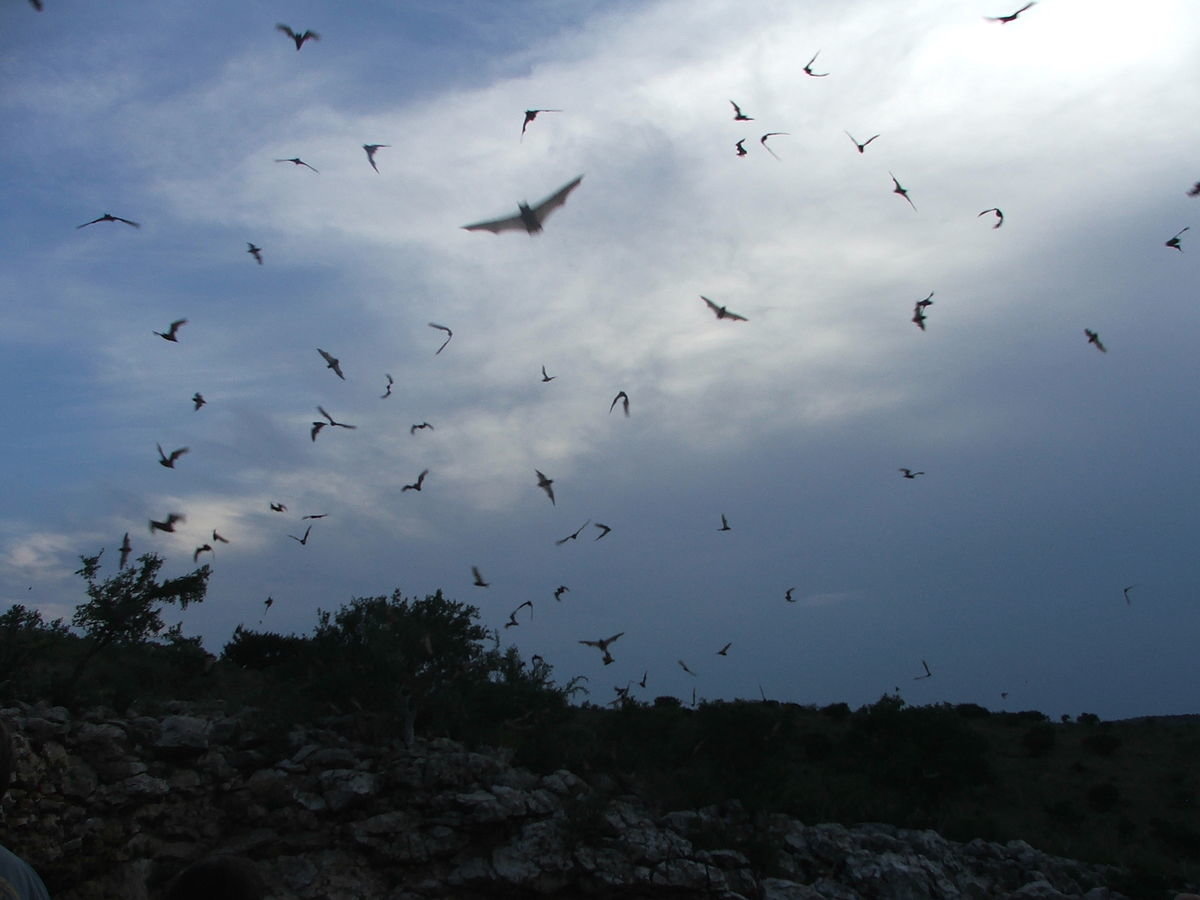
© Wikimedia Commons Frio Cave is home to a whopping 10 Million Mexican (or Brazilian) Free-tailed bats
The mighty cheetah has been clocked at 75 mph — the speediest runner on the planet.
Perhaps you know that the fastest animal in the sea, the sailfish, cruises through the water at 68 mph.
In the sky, the peregrine falcon reigns supreme. Wings folded as the bird plummets through the air, it reaches 220 mph to divebomb unsuspecting prey with the advantage of gravity.
Next to those more familiar speed freaks, the Brazilian free-tailed bat flew under the radar.
They are little yet voracious animals, known to gobble up moths, beetles and other insects by the hundreds each night.
They fly in clusters of several million, their colonies forming the largest collection of warm-bodied animals around.
As for their flying speeds, it was thought to be a respectable but not record-setting 59 mph.
The truth is faster — a lot faster, according to new research led by ecologists at the University of Tennessee at Knoxville.
The bats were documented flapping, level to the ground, at a whopping 100 mph.


